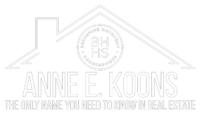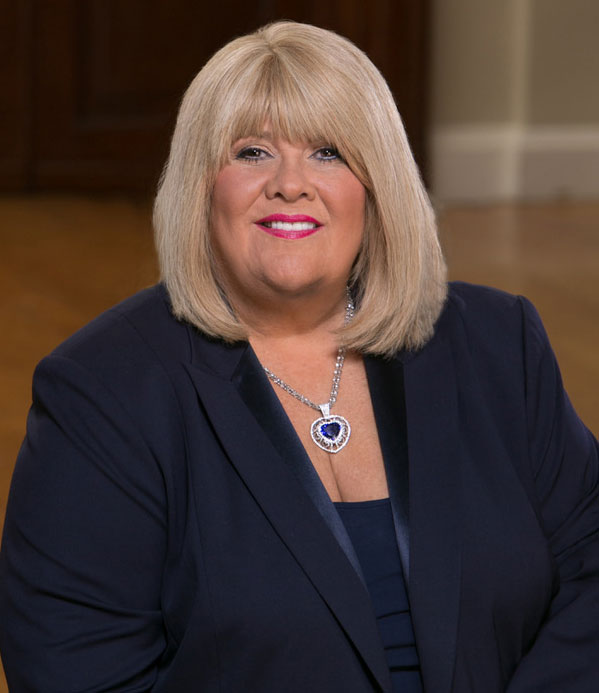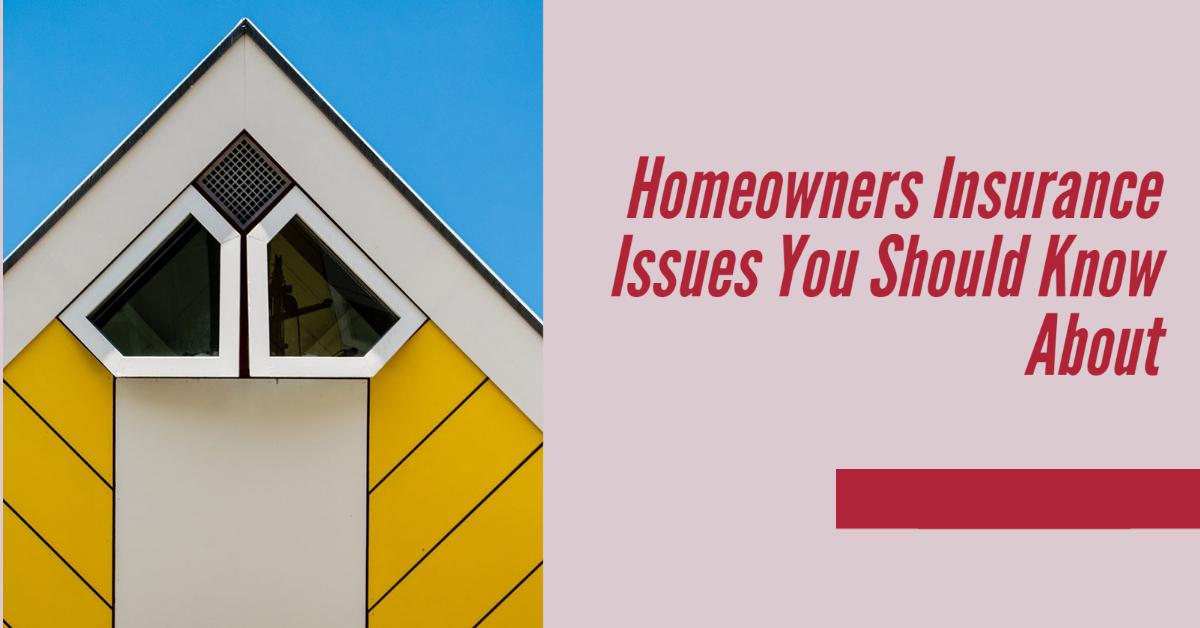For most people, their home is their most valuable asset. Having the right homeowners insurance coverage to protect that asset is crucial — but many people don’t have enough protection.
Here are five specific home insurance issues that every homeowner should take a close look at:
Does the policy provide full replacement coverage?
Insurers offer two options for dwelling coverage (the type of insurance that protects the home): replacement coverage insurance and market value insurance. Market value insurance pays for a damaged or destroyed home at the current market value. Replacement coverage pays to rebuild the home as it stood before destruction.
A home may cost more to replace than it is worth, especially if it’s got a lot of specialized features that don’t necessarily increase its market value. Homeowners should usually purchase replacement coverage to make sure their properties can be restored. Consider purchasing extended replacement coverage that pays up to 125% of the insurance policy value.
While it’s up to each person to decide if they want to pay for additional protection, every homeowner should understand the difference between replacement and market value policies, and know what kind of coverage they have. Those who have market value coverage should understand they risk not being able to rebuild their current home.
Is the cost to rebuild accurate?
Homeowners should find out how much rebuilding their home would cost, and make sure their policy limits aren’t too low. Policy limits are the maximum amount the insurance pays out. If the cost-to-rebuild estimate isn’t high enough, the insurer may provide too little money for repairs or rebuilding.
So how can homeowners determine whether their policy limits are high enough? The best way to get a solid estimate is to ask a local builder for the cost per square foot to build in your neighborhood.
Is building code upgrade included?
Homeowners should also check policies to see if they include building code upgrade coverage. This provides added protection in case the property must be repaired or rebuilt and building codes have changed in the interim.
If a home must be brought up to code when repairs are made, the insurer may not pay the extra cost without this protection. Property owners risk having to pay out of pocket.
Is the home insured against floods?
Most standard home insurance policies exclude flood damage. Many homeowners, unfortunately, don’t know this until it is too late. So current and potential policyholders need to check the terms of coverage to see if they have flood protection. If a policy excludes it — as virtually all home insurance plans do — purchasing standalone flood insurance may be important if you live where flooding occurs.
Lenders sometimes mandate the purchase of flood insurance in properties in flood zones. But homeowners who don’t have a loan, or whose lenders don’t require this protection, aren’t off the hook.
Even if you are not legally required to buy flood insurance, I highly recommend you look into it if you live in a low-lying area, or one that is prone to severe storms.
Is the home insured against wind and hurricane damage?
Finally, wind and hurricane damage are often excluded from standard policies. Homeowners in areas where there are frequent storms with high winds should check their coverage limitations and consider purchasing a standalone policy.
Choosing the right homeowners insurance to protect you
No matter where you live, insuring your home is critical to protecting your finances in the event of an unexpected incident. Whether it’s a natural disaster, an accident, a break-in or something that causes damage to your property, you want to know you have the right homeowners insurance coverage for your situation.
Source: Fool


